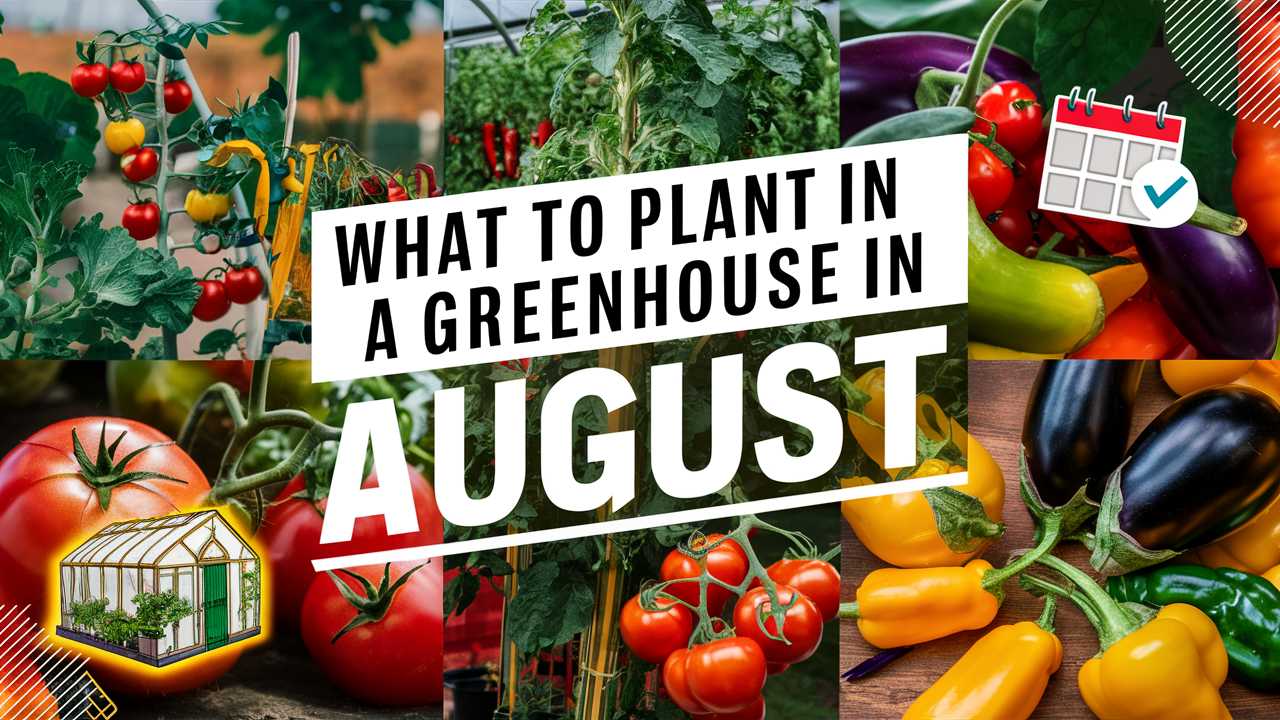In this comprehensive guide, we will explore which vegetables, herbs, and flowers you can plant in your greenhouse during this crucial month. Plant selections will consider the USDA planting zones for optimal growth and yield.
Vegetables To Plant
Greenhouse environments afford unique advantages, including controlled temperatures and extended daylight, making them ideal for growing vegetables well into the fall and even winter months. Here are ten vegetable options that thrive in greenhouses when planted in August:
Tomato
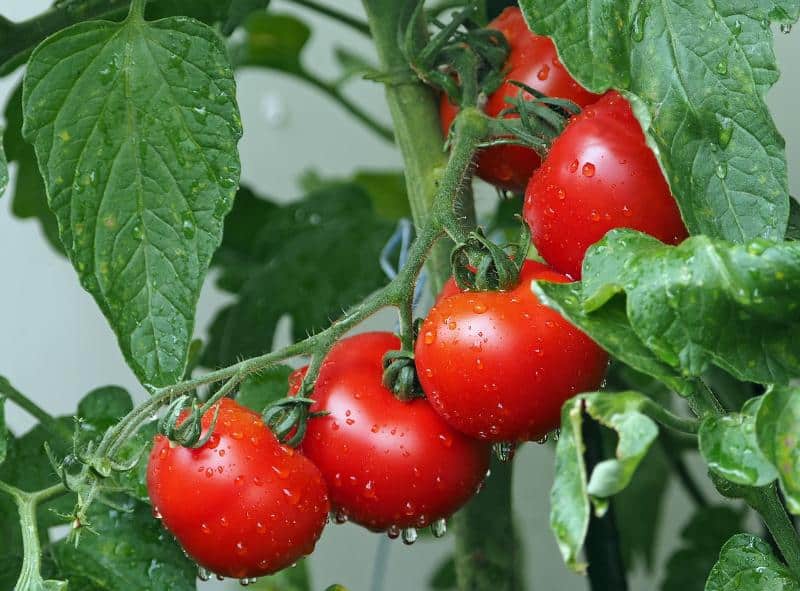
Tomatoes are a greenhouse favorite known for their adaptability and yield. In USDA zones 3 through 10, tomatoes prefer warm temperatures and can be planted until the end of August. The ideal soil temperature for planting tomatoes is at least 70°F. With proper watering and nutrient addition, these plants can flourish for a prolonged harvest.
When starting tomatoes from seed, they typically take around 5-7 days to germinate. For greenhouse planting in August, consider less heat-sensitive varieties like ‘Early Girl’ or ‘Sun Gold’. These hybrids are known for their resistance to diseases and can continue bearing fruit even as temperatures drop.
Peppers
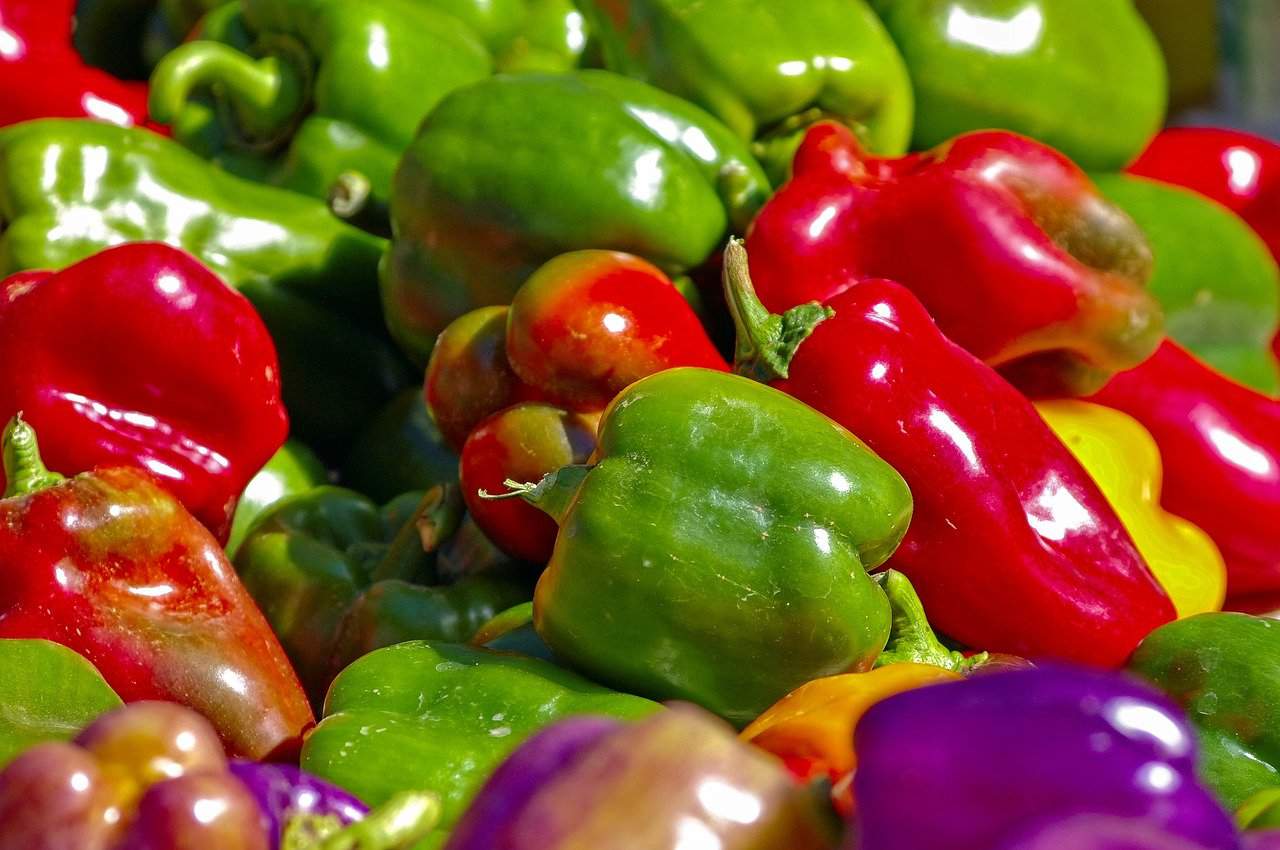
Bell peppers, hot peppers, and specialty varieties are excellent choices for greenhouse planting in August across USDA zones 5-10. Peppers prefer warm nights and benefit from the regulated environment of a greenhouse, which can contribute to earlier ripening and higher yields.
When planting, ensure the soil temperature is consistently around 70°F to 85°F. August plantings can lead to harvests that extend into late fall, especially if using varieties like ‘California Wonder’ or ‘Jalapeño’. For best results, ensure they get full sunlight while managing soil moisture levels.
Spinach
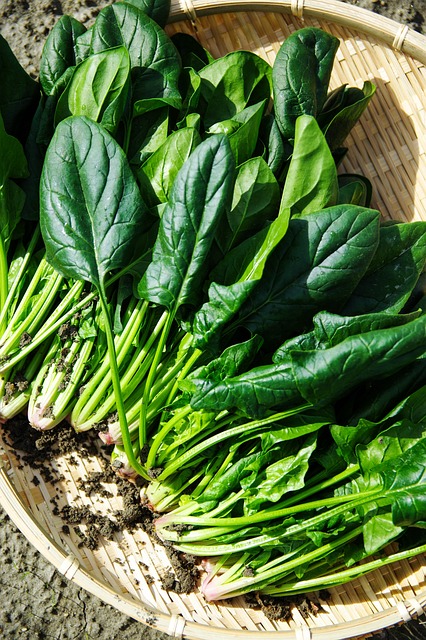
Spinach is a cold-tolerant green that can thrive in greenhouses throughout USDA zones 3-9. August is an excellent time to sow spinach seeds directly into your greenhouse soil or containers. This leafy green enjoys cooler temperatures, so providing sufficient ventilation in the greenhouse is essential as it may still be warm outside.
Opt for quick-maturing varieties such as ‘Bloomsdale’ or ‘Teton’ that can be ready for harvest in as little as 30 days. For those in warmer zones, consider planting spinach as a fall crop, where mild greenhouse conditions can extend its growing season further.
Kale
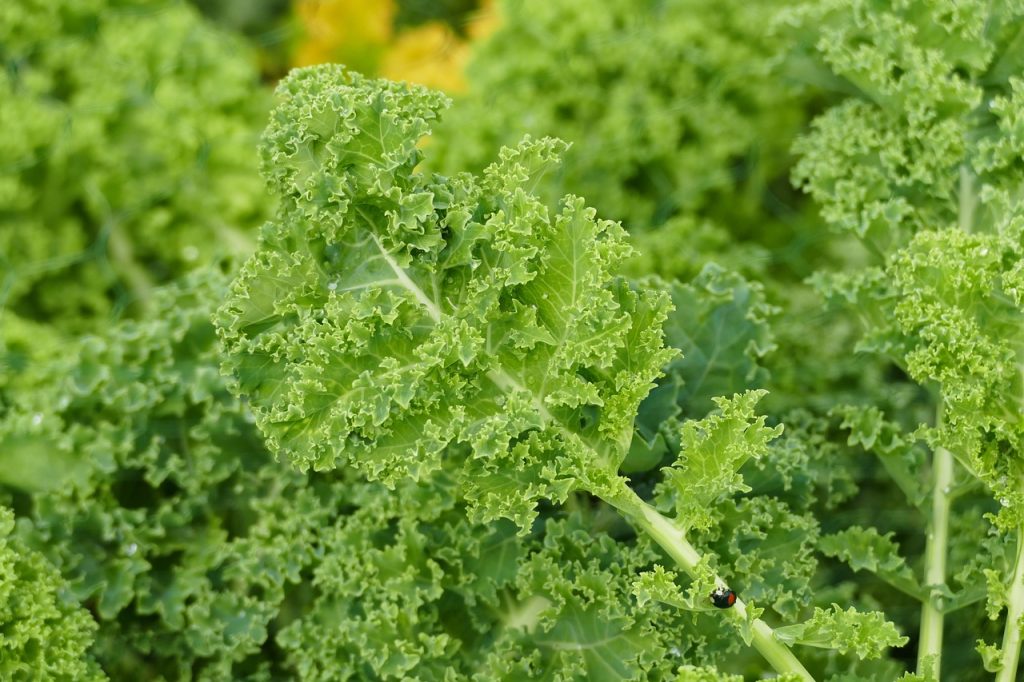
Kale is another robust leafy green well-suited for greenhouse cultivation from August onwards. With its capacity to withstand frost, kale can be planted in USDA zones 3-10. Depending on the variety, kale scents can be ready in 50 to 75 days.
Varieties like ‘Winterbor’ and ‘Lacinato’ can tolerate cooler temperatures and can continue to grow as fall arrives. They enjoy moderate watering and well-drained soil. Their nutritional value also makes them a sought-after plant in many home gardens.
Radishes
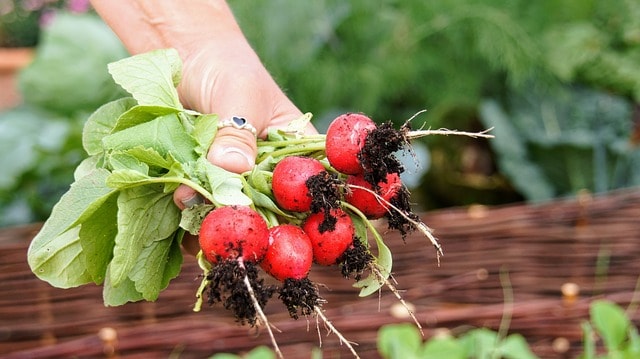
Radishes are fast-growing root vegetables that can be planted throughout USDA zones 2-10. August plantings will typically yield mature radishes in about 30-40 days. They thrive in cool conditions, making them perfect for greenhouse planting during late summer and early fall.
Varieties such as ‘Cherry Belle’ or ‘French Breakfast’ are excellent choices for quick harvesting. Ensure the soil is rich and well-drained, with consistent moisture to promote rapid growth and tender roots.
Carrots
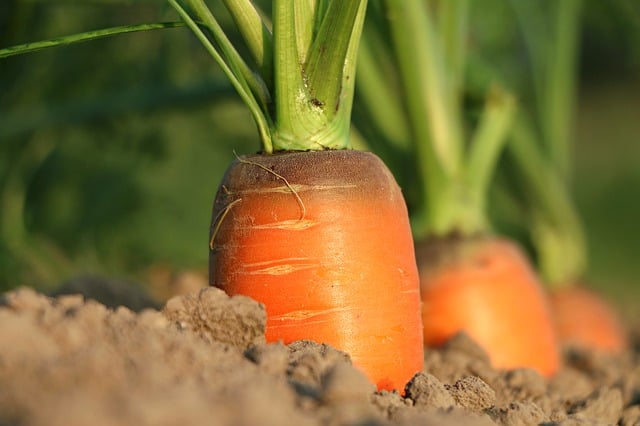
Carrots can be planted in greenhouses as late as August in USDA zones 3-9. They prefer cooler temperatures, which suits end-of-summer planting. Harvest time varies between 60-80 days, depending on the variety chosen.
Opt for shorter varieties such as ‘Amsterdam Forcing’ or ‘Nantes’, as these may perform better in shallow greenhouse beds. Consistent watering is critical, especially since carrots are sensitive to drying out.
Green Beans
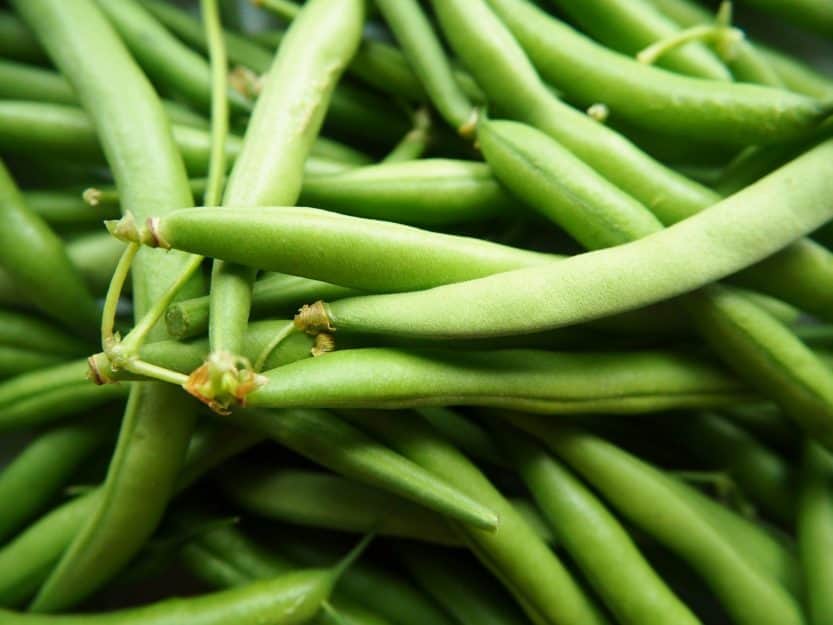
Green beans also thrive in greenhouses when planted in August, particularly in USDA zones 5-10. These legumes enjoy warm weather but can still be productive until fall if started in mid-August. Bush varieties like ‘Blue Lake’ or pole varieties such as ‘Kentucky Wonder’ are particularly adaptable.
Beans typically require about 50-70 days from planting to harvest, depending on the type. They will need sturdy support if grown vertically, and greenhouse conditions will aid in deterring pests which can affect open field crops.
Swiss Chard
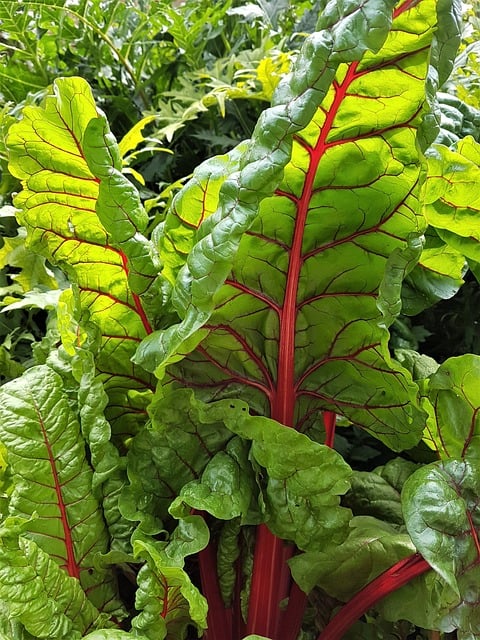
Swiss chard is another versatile green to plant in August. Thriving in USDA zones 4-10, this leafy vegetable prefers well-drained soil combined with consistent moisture. One of its strengths lies in its frost tolerance, allowing for continued growth as temperatures dip.
Varieties like ‘Rainbow Chard’ and ‘Fordhook Giant’ are visually stunning and flavorful, taking about 50-60 days to maturity. Planting in August means you can enjoy fresh chard throughout the cooler months.
Cucumbers
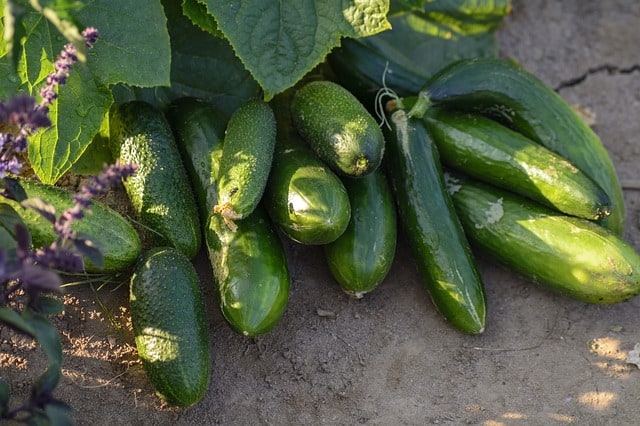
Cucumbers can still thrive if started early in August under controlled greenhouse conditions, especially in USDA zones 5-10. The quick growth and high yield make them a fantastic choice for greenhouse gardeners extending the summer harvest.
Varieties such as ‘Marketmore 76’ or ‘Slicing Cucumber’ can yield fruit in about 50-70 days. They appreciate warmth but need ample moisture, so aim for consistent watering and mulching to retain soil moisture.
Zucchini
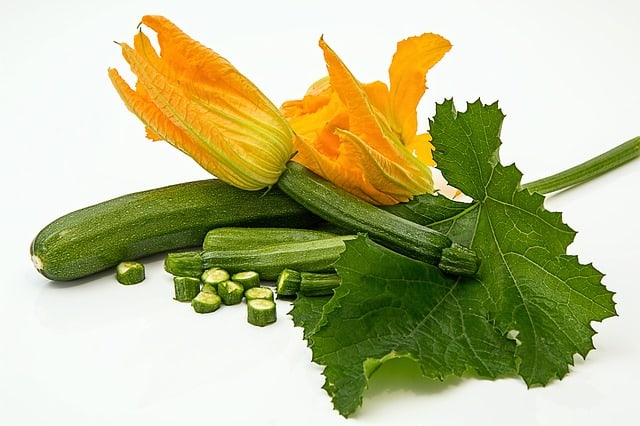
Zucchini is a summer squash that can be successfully planted in greenhouses during August in most USDA zones (4-10). These plants prefer warmer climates and should be harvested regularly to stimulate further growth.
‘Black Beauty’ and ‘Costata Romanesco’ are popular varieties that take approximately 50-60 days to mature. With careful watering and minimal overcrowding, zucchini can produce well into the fall.
Herbs To Plant
Herbs are an excellent addition to any greenhouse and can enhance both culinary dishes and garden aesthetics. August is perfect for sowing or transplanting a variety of herbs, particularly in USDA zones 3-10:
Basil
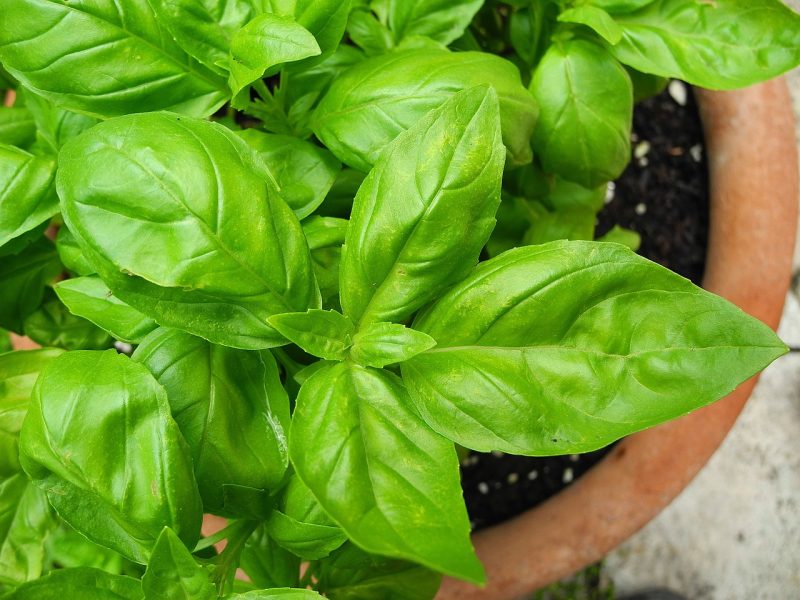
Basil is a favorite among both novice and experienced gardeners, thriving in warm temperatures. In USDA zones 6-10, you can successfully plant basil as late as mid-August. This aromatic herb grows best when the soil temperature reaches around 70°F.
Varieties like ‘Genovese’ or ‘Thai Basil’ are especially popular for their rich flavors. Regular harvesting of the leaves promotes bushier growth, and from seed to harvest, basil typically takes about 60 days.
Cilantro
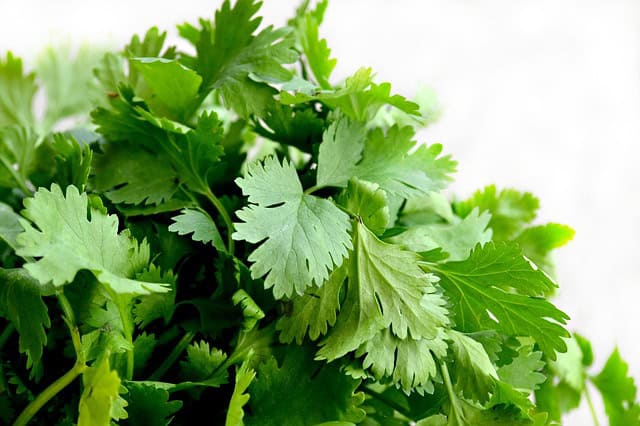
Cilantro excels in cooler weather and can be planted from late summer through fall in USDA zones 4-10. Quick to germinate, cilantro seeds typically sprout within 7-10 days. This herb grows best in full sunlight but needs watering to remain consistent before harvest in roughly 30-45 days.
Be aware that cilantro can bolt quickly with excessive heat; thus, greenhouse conditions can help in moderating its growth environment. Varieties such as ‘Slow Bolt’ are excellent choices for late summer planting.
Chives
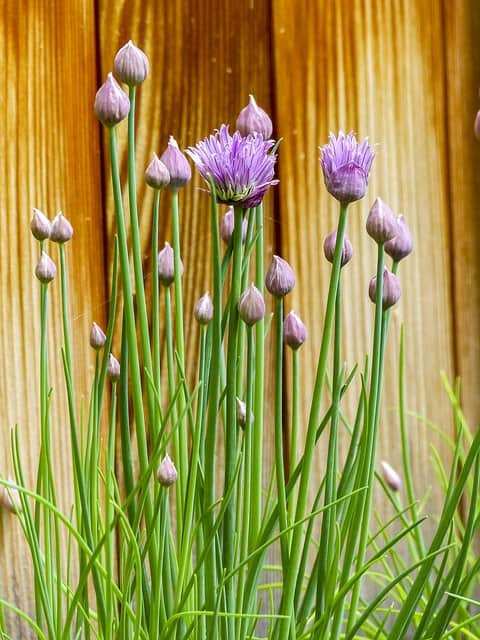
Chives can also be successfully planted in greenhouses during August in USDA zones 3-9. With their hardiness and ability to withstand frost, these perennial herbs are tolerant of cooler weather.
Chives are typically ready for harvest within 60 days when grown from seeds. Regular trimming encourages bushy growth, and their onion-like flavor makes them a versatile addition to many dishes.
Mint
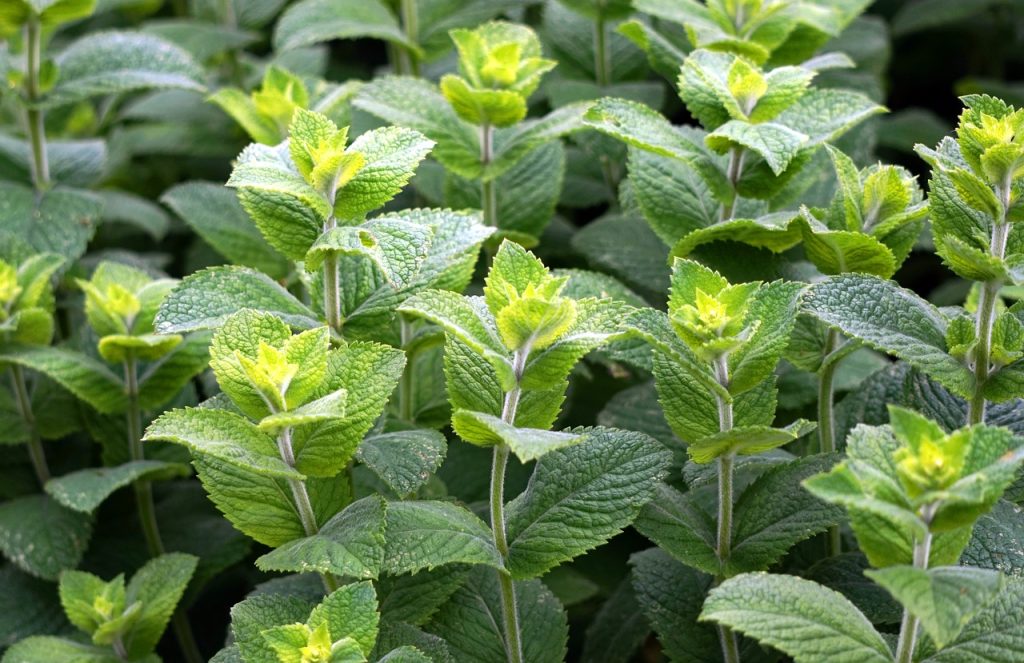
Mint is another hardy herb that can thrive after August planting in greenhouses across USDA zones 3-10. Its hearty nature means mint can grow virtually year-round in controlled environments.
Varieties like ‘Peppermint’ and ‘Spearmint’ provide diverse flavors for culinary use. Mint can take 90-120 days to reach full maturity but can be harvested earlier if needed. Just be cautious of its rapid spreading; use containers or raised beds to contain growth.
Oregano
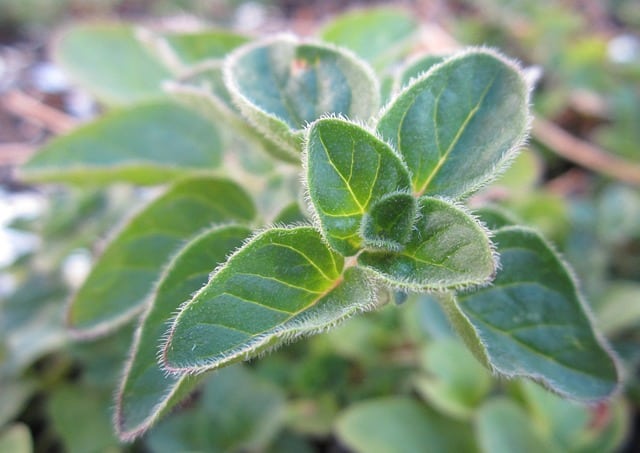
Oregano is a staple herb for many dishes and can be planted in August in USDA zones 5-10. This perennial herb thrives in dry conditions, making it perfect for well-drained greenhouse soil.
Varieties, including ‘Greek Oregano’ and ‘Italian Oregano’, take about 70 days from seeding to harvest. Oregano prefers moderate watering; over-saturation can lead to root rot.
Thyme
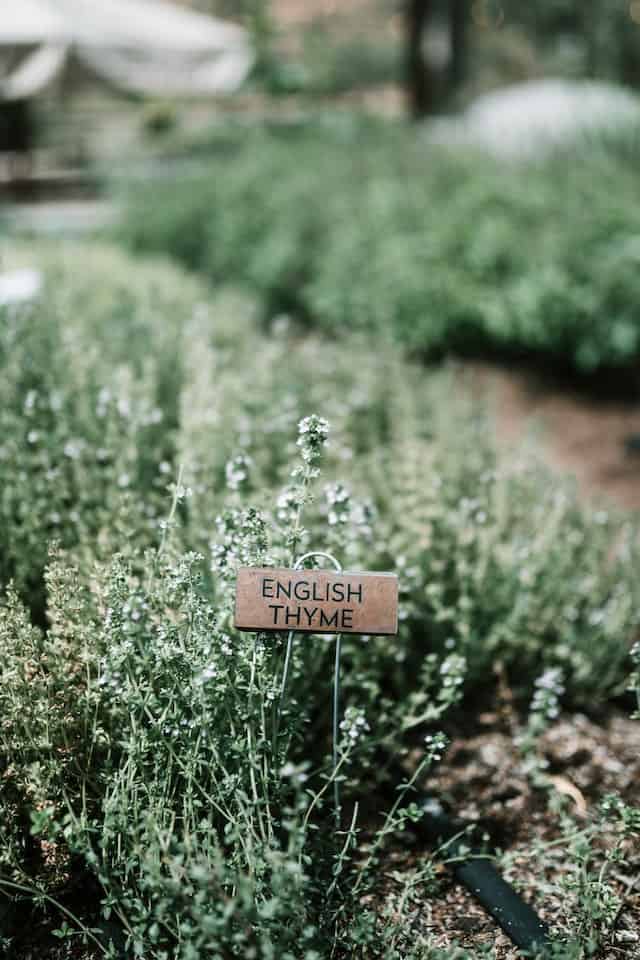
Like oregano, thyme suits desert-like conditions, making it an optimal herb for greenhouse planting. Suitable for USDA zones 4-10, you can plant thyme in August and expect harvest-ready plants in 80 days or so.
The most popular variety is ‘English Thyme,’ which offers a robust flavor in dishes. Thriving in low-moisture soil, thyme benefits from full sun exposure and should be watered sparingly.
Rosemary
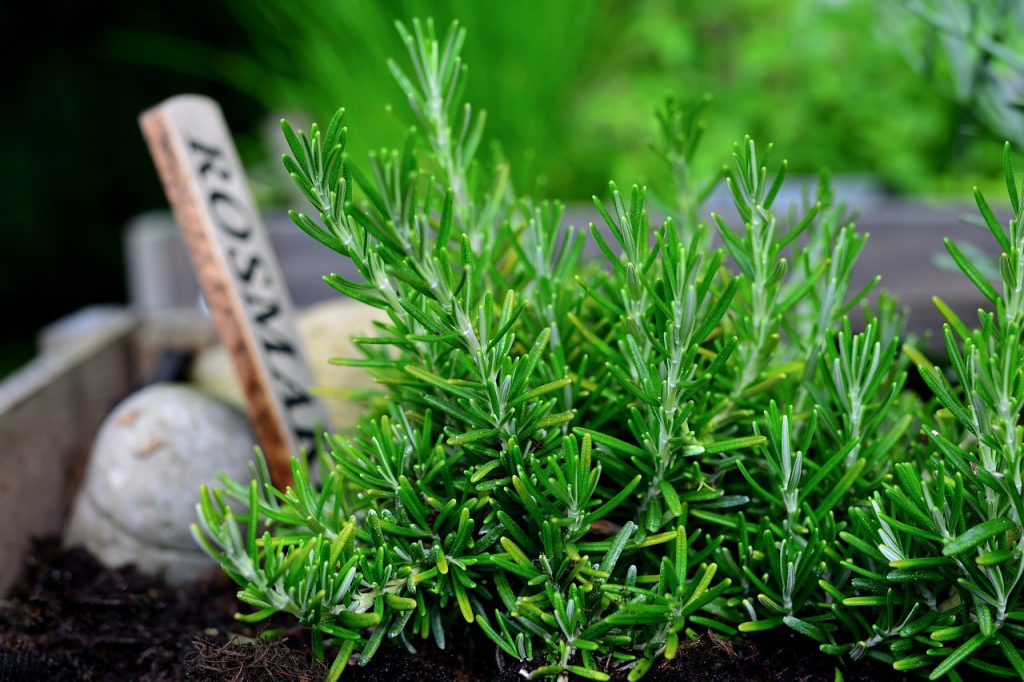
Rosemary is more challenging to grow but rewarding when nurtured properly. It is best planted between August and February in greenhouses, particularly in USDA zones 6-10.
Being a perennial herb, rosemary can withstand some frost and comes in various types, like ‘Tuscan Blue’ or ‘Arp’. It typically takes 80-90 days to harvest. Ensure it has ample sun and well-drained soil; rosemary prefers dryer conditions.
Sage
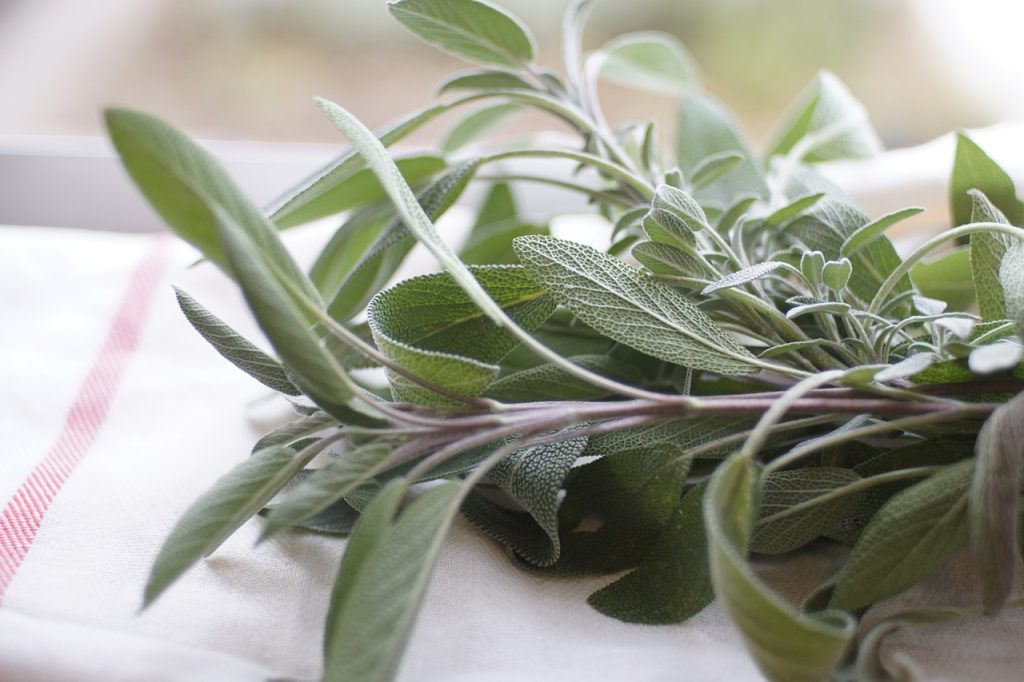
Sage is a resilient herb ideal for greenhouse planting, particularly during August in USDA zones 4-10. This perennial plant is known for its adaptability and can be harvested throughout the growing season.
‘Majorian’ and ‘Berggarten’ are popular varieties, commonly used in culinary dishes. From seed to harvest, sage typically takes about 75-80 days. Like rosemary, sage appreciates sunlight and thrives in well-drained soil.
Dill
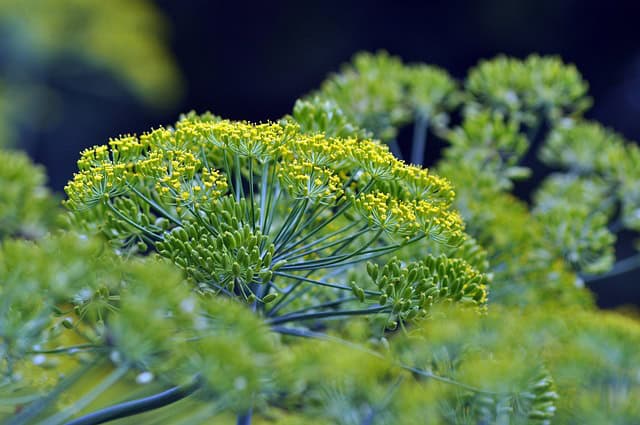
Dill, with its distinct flavor, can be seeded in greenhouses around August for those in USDA zones 3-10. Dill germinates fairly quickly, usually between 10-14 days, and can be ready for harvest in approximately 40-60 days.
Opt for varieties such as ‘Bouquet’ or ‘Dukat’, which handle temperature fluctuations well. Dill thrives in full sunlight but requires consistent moisture without becoming waterlogged.
Tarragon
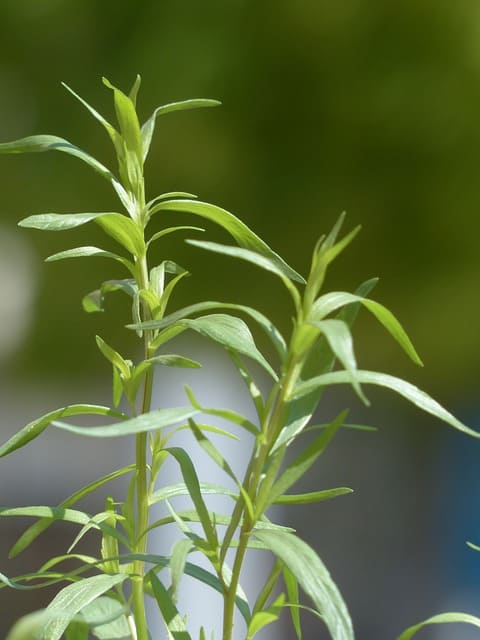
Tarragon is a slightly less common herb that can flourish in greenhouses planted in late summer, particularly in USDA zones 4-10. Commonly used in French cuisine, it is a hardy perennial that requires minimal maintenance.
French tarragon is particularly popular and takes about 75-90 days to mature. This herb flourishes under moderate sun exposure and can thrive in a variety of soils. Water assistance is essential, given tarragon prefers well-draining environments.
Flowers To Plant
Adding flowers to your greenhouse can create a vibrant and calming atmosphere. Flowers can also attract beneficial pollinators, making them an excellent complement to your vegetable and herb gardens. Here are ten flowers suitable for planting in August:
Marigold
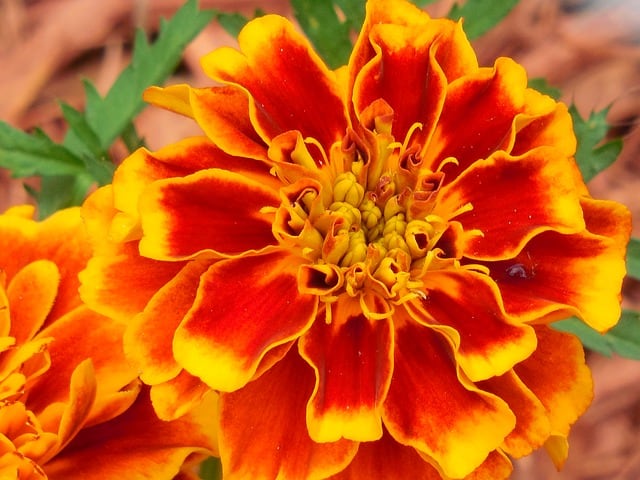
Marigolds are beloved for their colorful blooms and pest-repelling characteristics. These flowers can be planted in greenhouses until late August, thriving in USDA zones 2-11.
Varieties such as ‘African Marigold’ are more frost-tolerant and have a longer blooming period, often lasting until the first frost. Typically, marigolds need around 70 days to mature, preferring well-drained soil and full sunlight.
Zinnia
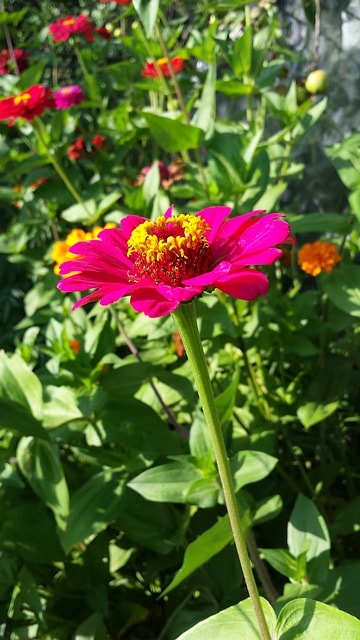
Zinnias are annual flowers that can add bursts of color to your greenhouse environment. These hardy flowers can be planted in August in USDA zones 3-10 and are relatively easy to cultivate.
With a vast array of colors, zinnias like ‘Zinnia elegans’ require approximately 60 days to bloom. They thrive in full sun and well-drained soil, making them relatively low-maintenance.
Pansy
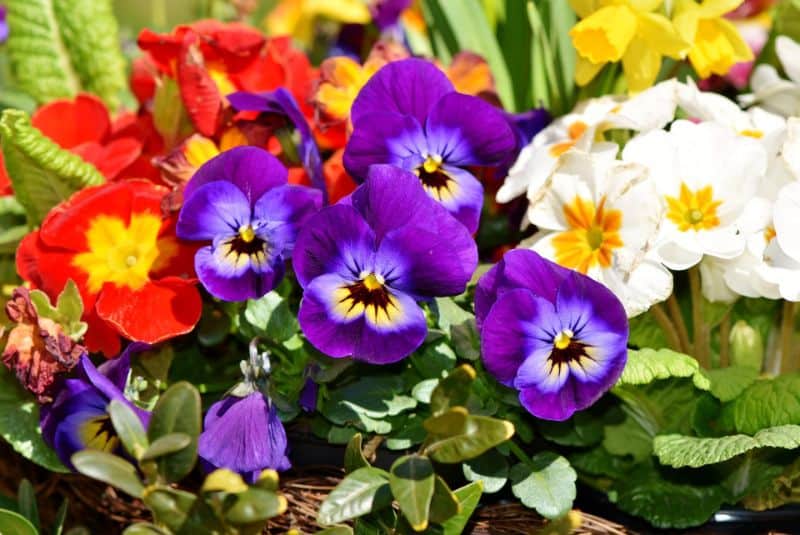
Pansies are known for their vibrant faces and scent. Suitable for planting in controlled greenhouse conditions in USDA zones 5-10, they can be planted in August for a fall bloom.
Fall pansy varieties, such as ‘Majorette’ and ‘Colossus’, ensure that you can enjoy their beauty well into the cooler months. Pansies take about 8-12 weeks to bloom and prefer cooler temperatures, making greenhouse conditions ideal once summer wanes.
Snapdragons
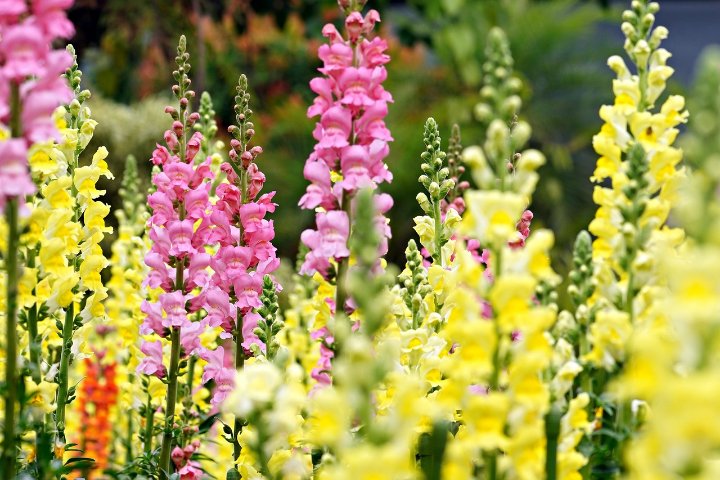
Snapdragons are a favorite due to their unique flower shape and variety of colors. They can be sown in August in USDA zones 7-10.
Plan on transplanting the young plants about 12 weeks after seeding. Varieties like ‘Rocket’ and ‘Tetra’ emerge beautifully in cooler temperatures, making them perfect for late summer greenhouse planting.
Aster
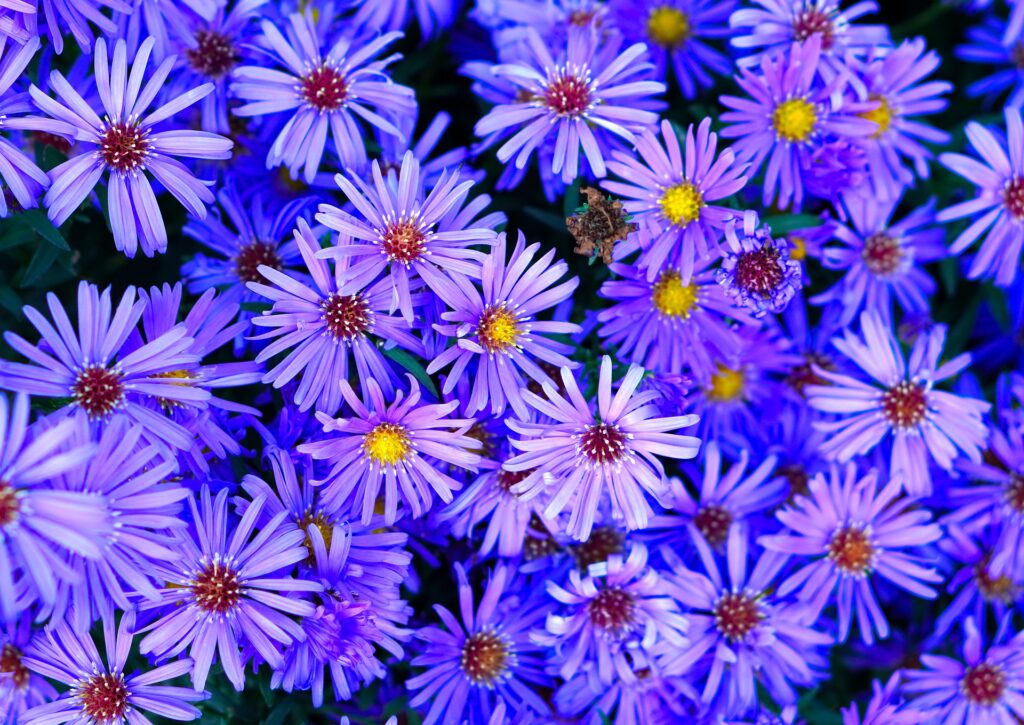
Asters are perennial flowers that can be planted late summer and are best suited for USDA zones 3-9. Known for their daisy-like petals and vibrant purple hues, they add a burst of color to any greenhouse.
They take about 75-100 days to reach full bloom. Opt for varieties such as ‘Alma Pötschke’ that can handle cooler temperatures, thriving in well-drained soil and full sun exposure.
Cosmos
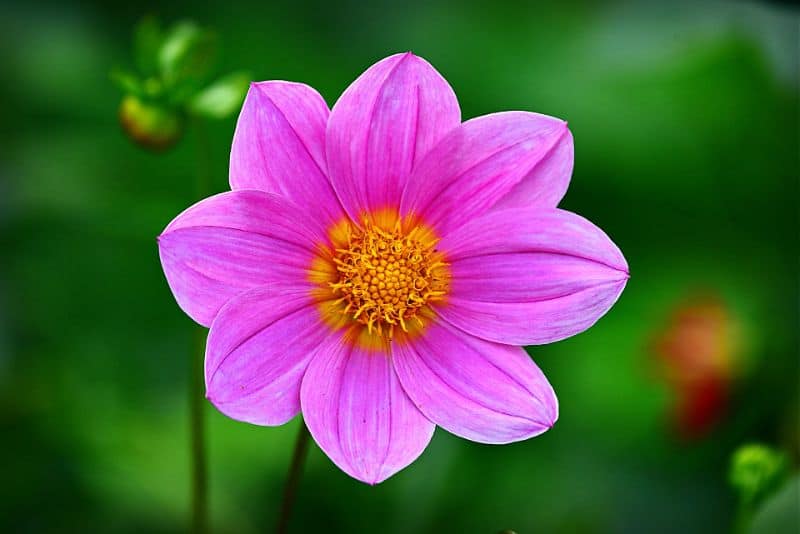
Cosmos are hardy annuals that can be easily planted in greenhouses during August in USDA zones 2-11. These flowers are known for their long stems and vivid colors.
Varieties like ‘Sensation’ or ‘Double Click’ are visually appealing and are winter hardy. They prefer organic-rich soil and take roughly 70-80 days to bloom, making them a wonderful choice for summer to fall transitions.
Petunia
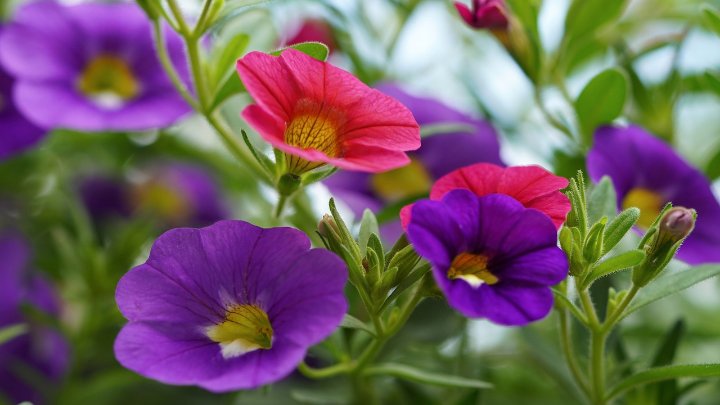
Petunias are classic greenhouse flowers that thrive when planted in August across USDA zones 6-11. These vibrant and colorful plants are popular for hanging baskets and garden beds.
Fast-growing varieties like ‘Wave’ and ‘Grandiflora’ can produce blooms in about 70-90 days. Petunias love well-drained soil and full sun; regular deadheading will encourage more blooms throughout their growing season.
Sunflower
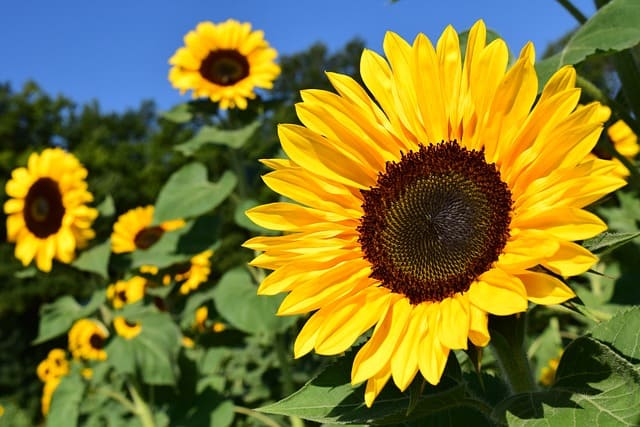
Sunflowers are cheerful, towering flowers ideal for brightening up your greenhouse space. Plant them in USDA zones 3-10 until late August for the best results.
Varieties such as ‘Mammoth’ or ‘Teddy Bear’ can reach impressive heights, taking approximately 70-85 days to bloom. Provide ample space for sunflowers and ensure they receive direct sunlight to thrive.
Gladiolus
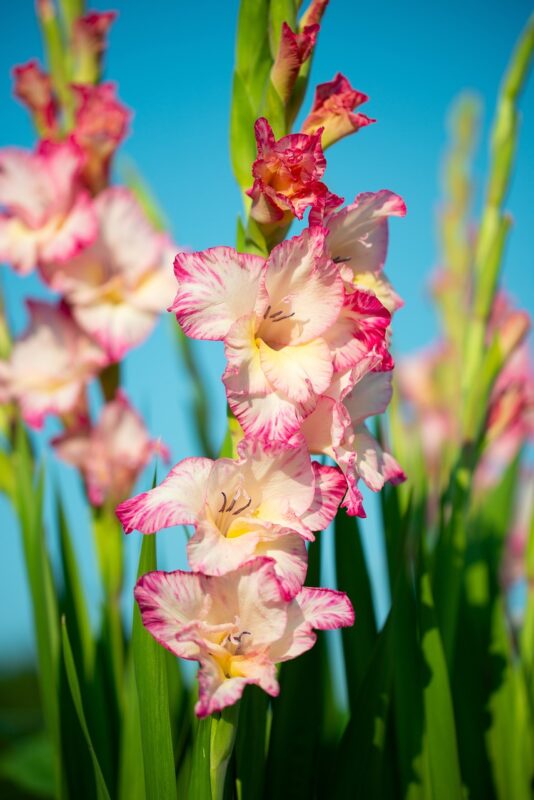
Gladiolus are stunning flowers popular in both gardens and bouquets. They can be planted in greenhouse conditions into August in USDA zones 8-10. Their vertical growth and colorful blooms create stunning visual effects.
Plant these bulbs in well-draining soil and expect them to bloom in approximately 60-90 days. Dwarf or shorter varieties like ‘Flowering’ or ‘Nanus’ are recommended for greenhouse conditions, ensuring easier management.
Dianthus
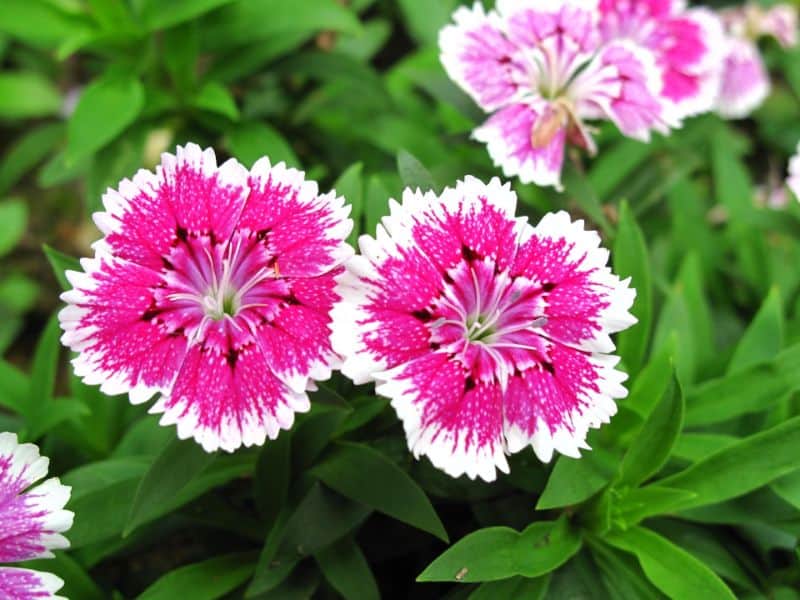
Dianthus, often known as garden pinks, are perennial flowers that can beautify your greenhouse. Planting in August is ideal in USDA zones 3-9, taking around 85-120 days to flower.
Their delightful fragrances and pink hues make them favorites among gardeners. Opt for varieties like ‘Sweet William’ or ‘Caryophyllus’ for vibrant blooms, and be sure they are placed in well-drained soils with adequate sunlight.


